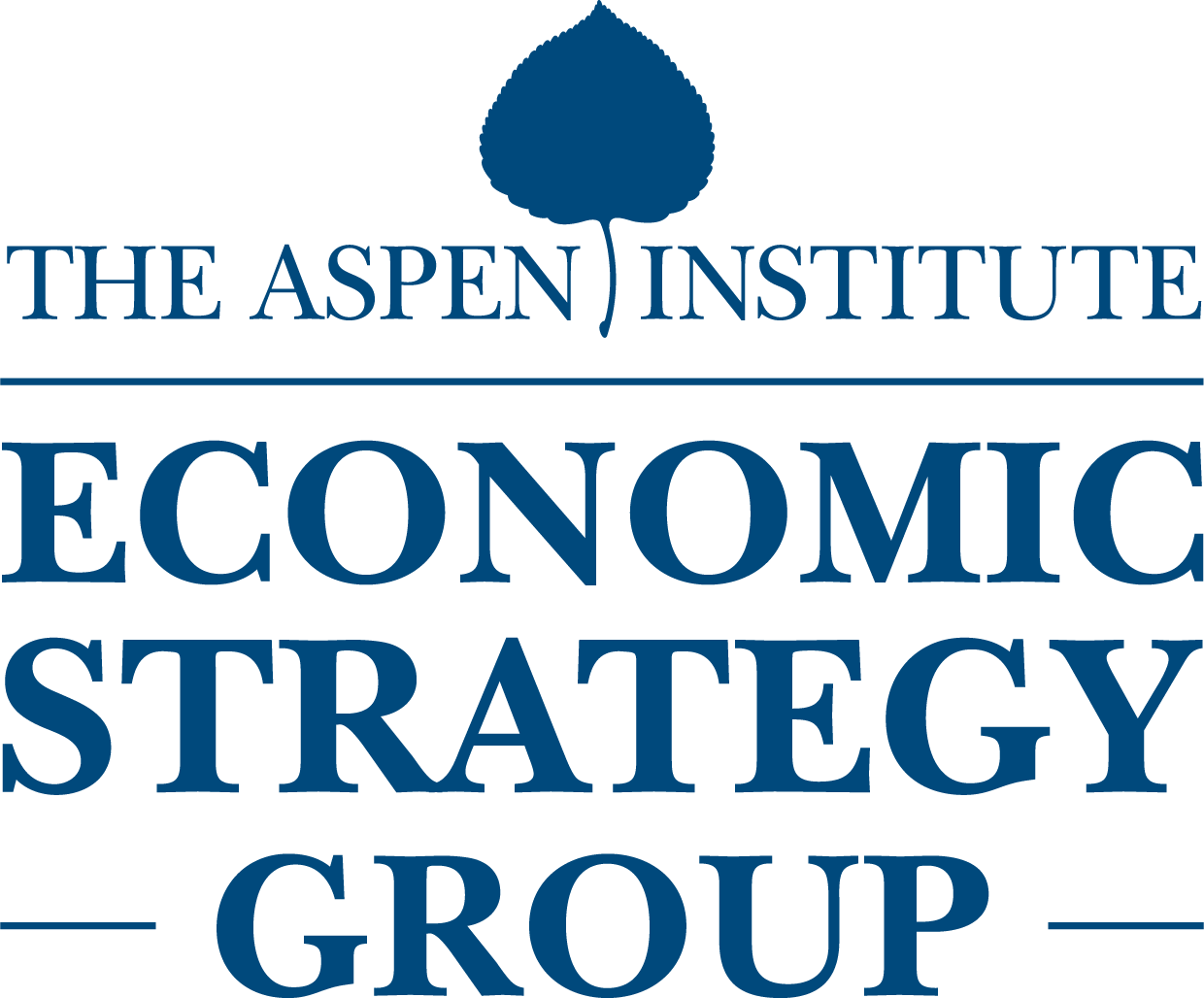
Introduction: Economic Policy in a More Uncertain World

Economic policymakers are confronting the highest inflation in a generation, energy supply shortages, and shifting geopolitical alliances. These challenges rightfully occupy news headlines and policy debates, but longer-run headwinds in the American economy also warrant focused attention. This volume aims to highlight three such challenges and provide constructive policy options for addressing them: the need to promote long-run productivity growth through investments in science and innovation; US demographic challenges including population aging, declining fertility, and restrictive immigration policies; and ongoing labor market reallocation driven by technological change and the transition to green energy.
This volume is organized into three parts. Part I focuses on Economic Security, Science Funding, and Innovation Policy, topics of critical and timely economic importance on which the AESG has now focused for several years. The chapters in this section consider how funding should be directed to advance US scientific innovation. Moving beyond the question of whether the country ought to increase investment in innovation (the consensus being a clear yes), this year’s volume addresses how to move an innovation agenda forward. Chapter 1 describes macroeconomic economic trends that have hampered US innovation and discusses policies to promote greater competition and innovation. Chapter 2 describes trends in US science and innovation funding.
Part II focuses on US Demographic Challenges and Potential Policy Responses. Chapter 3 describes the causes and consequences of declining US fertility and policies to address the decline in births. Chapter 4 describes the current state of US immigration and argues for the expansion of both low- and high-skill immigration to help address US demographic challenges. Chapter 5 discusses the role of population aging in America’s fiscal trajectory and the distributional choices policymakers are making to shift America’s budget imbalance across and within generations.
Part III focuses on Challenges Facing US Workers and Firms. Chapter 6 describes the local labor market impacts that are expected to result from the transition to green energy and targeted policies to mitigate the costliest impacts. Finally, Chapter 7 gleans lessons from federal aid allocated to state and local governments during the COVID-19 pandemic, highlighting how pandemic aid to individuals and households successfully shored up household balance sheets and in turn stabilized local government tax revenue bases, even before unprecedented federal assistance was provided directly to states and localities.